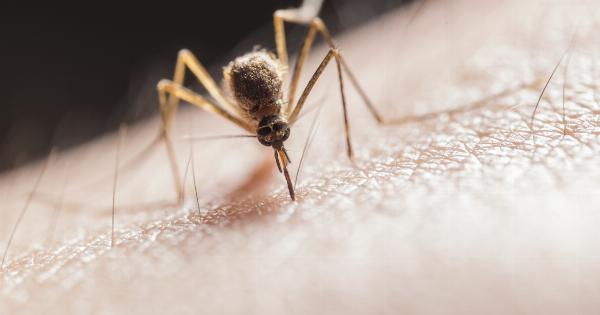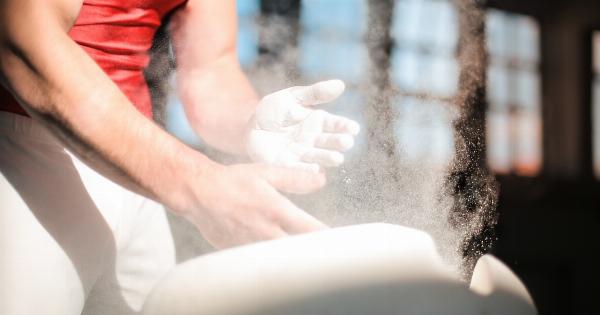Autoimmune disorders are a group of diseases in which the immune system mistakenly attacks the body’s own cells and tissues. There are many types of autoimmune disorders, each targeting a different part of the body.
One such group of autoimmune disorders are sclerotic diseases, which cause hardening and thickening of the skin and other tissues. Two common types of sclerotic diseases are Scleroderma and Morphea disease.
Scleroderma
Scleroderma, also known as systemic sclerosis, is a chronic autoimmune disease that affects the skin, blood vessels, muscles, and internal organs.
The disease causes the body to produce too much collagen, which results in thickening, hardening, and tightening of the skin and other tissues. This can cause a range of symptoms, from mild to severe.
Symptoms of Scleroderma
The symptoms of scleroderma can vary depending on the type and severity of the disease. Some common symptoms include:.
- Thickening and hardening of the skin, usually on the hands and face
- Raynaud’s phenomenon, in which the fingers and toes become numb and cold in response to stress or cold temperatures
- Joint pain and stiffness
- Muscle weakness and fatigue
- Shortness of breath
- Difficulty swallowing
- High blood pressure in the lungs
Types of Scleroderma
There are two main types of scleroderma: localized and systemic.
Localized scleroderma
Localized scleroderma, also known as morphea, is a milder form of the disease that only affects the skin. It causes patches of thickened, hard skin that can be red or purple. In some cases, the patches may be itchy or painful.
Systemic scleroderma
Systemic scleroderma is a more severe form of the disease that can affect the skin, blood vessels, muscles, and internal organs. There are two main types of systemic scleroderma:.
- Limited scleroderma – This type of scleroderma affects the skin on the hands, arms, and face. It can also affect the esophagus and lungs.
- Diffuse scleroderma – This type of scleroderma affects the skin on the arms, legs, and trunk. It can also affect the internal organs, such as the lungs, heart, and kidneys.
Treatment of Scleroderma
There is no cure for scleroderma, but there are treatments that can help manage the symptoms and slow the progression of the disease. Some common treatments include:.
- Muscle relaxants to reduce muscle stiffness and pain
- Blood pressure medication to treat high blood pressure in the lungs
- Immunosuppressant medication to slow the progression of the disease
- Physical therapy to improve range of motion and reduce stiffness
- Topical creams and ointments to help soften and moisturize the skin
Morphea Disease
Morphea disease, also known as localized scleroderma, is a type of sclerotic disease that affects only the skin. The disease causes patches of thickened, hard skin that can be red or purple. In some cases, the patches may be itchy or painful.
Morphea disease is a rare condition that affects only about 2-3 people in every 10,000.
Symptoms of Morphea Disease
The symptoms of morphea disease can vary depending on the type of the disease. Some common symptoms include:.
- Patches of thickened, hard skin
- Patches of skin that are red or purple
- Itchy or painful skin
Types of Morphea Disease
There are several types of morphea disease, including:.
- Plaque-type morphea – This is the most common type of morphea. It causes oval or circular patches of thickened, hard skin.
- Generalized morphea – This type of morphea causes thickened, hard skin on the arms, legs, and trunk.
- Linear morphea – This type of morphea causes a line or band of thickened, hard skin that follows a nerve or blood vessel.
- Deep morphea – This type of morphea affects the tissue beneath the skin, causing hardening and thickening of the muscles and bones.
Treatment of Morphea Disease
There is no cure for morphea disease, but there are treatments that can help manage the symptoms and slow the progression of the disease. Some common treatments include:.
- Topical creams and ointments to help soften and moisturize the skin
- Phototherapy, in which the affected area is exposed to UV light
- Oral medications to reduce inflammation
- Physical therapy to improve range of motion and reduce stiffness
Conclusion
Scleroderma and Morphea disease are two types of autoimmune disorders that cause hardening and thickening of the skin and other tissues.
Although there is no cure for these diseases, there are treatments that can help manage the symptoms and slow the progression of the disease. If you experience any symptoms of scleroderma or morphea disease, it’s important to see your doctor for an accurate diagnosis and proper treatment.

























